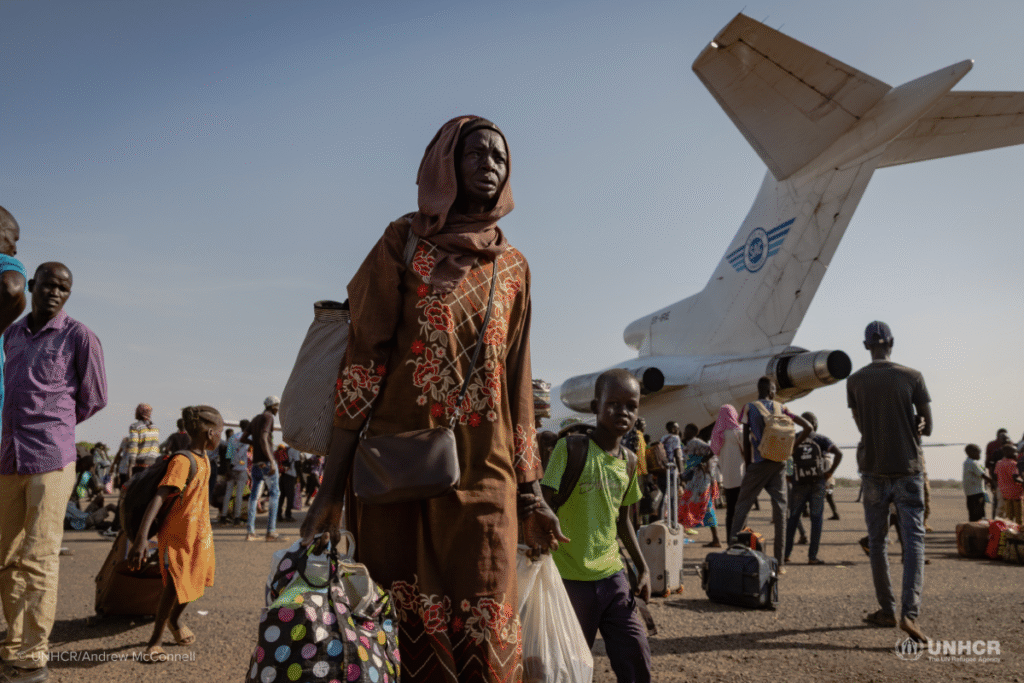Understanding the Ongoing Conflict in Sudan
Since April 2023, Sudan has been engulfed in a fierce conflict between the national army and the paramilitary Rapid Support Forces (RSF), a power struggle that erupted following a coup in 2021 led by military leaders. This ongoing warfare has devastated the nation, resulting in the loss of over 150,000 lives and displacing approximately 12 million people, with the United Nations labeling the crisis as one of the worst humanitarian disasters in the world today.
Geographical and Demographic Overview
Sudan, located in northeastern Africa, is one of the continent’s largest nations, spanning an area of approximately 1.9 million square kilometers (734,000 square miles). With a population of around 46 million, the majority of Sudanese are Muslim, and both Arabic and English serve as official languages. Before the conflict, Sudan already faced severe economic challenges, with an average annual income of about $750 (£600) per person, which has dramatically declined due to the ongoing violence.
Key Players in the Conflict
The struggle for power in Sudan is primarily between two military figures:
- Gen Abdel Fattah al-Burhan: Leader of the armed forces and de facto president of Sudan.
- Gen Mohamed Hamdan Dagalo (Hemedti): His deputy and leader of the RSF, which has its roots in the notorious Janjaweed militia known for its violent actions in Darfur.
The rift between these leaders stems from conflicting visions for the nation, particularly regarding the integration of the RSF into the national army and control over military resources.
Origins of the Conflict
The violence erupted in April 2023 amid heightened tensions as the RSF repositioned its forces across the country, prompting concerns from the military. Following failed peace talks, clashes began, rapidly escalating into widespread conflict with deadly consequences for civilians as both sides fought over strategic areas.
Control Over Territories
The conflict has shifted geographically, with the RSF capturing significant regions including parts of Darfur and central areas of Khartoum, while the army holds control over most of the north and east, including important ports. Recent months have seen the army regain vital territories and significant urban centers.
| Territory | Control |
|---|---|
| Khartoum | RSF |
| Darfur | RSF |
| Port Sudan | Army |
| Gezira | Army |
Impact on Civilians
The ongoing conflict has taken a devastating toll on the civilian population, resulting in widespread famine and reports of atrocities including ethnic cleansing in Darfur. The United Nations has raised alarms regarding the deliberate targeting of civilians based on their ethnicity, highlighting the use of rape as a tool of war.
International Response
Global reaction to the war in Sudan has been criticized as inadequate, with major humanitarian organizations calling for enhanced diplomatic efforts to address the crisis. Efforts for peace talks have repeatedly stalled, and neighboring countries have been accused of backing the RSF. International calls for an end to external support for both factions have intensified, yet effective action remains elusive.
As Sudan continues to endure this humanitarian catastrophe, the hope for a peaceful resolution seems distant unless urgent and coordinated international action is taken to halt the violence.


